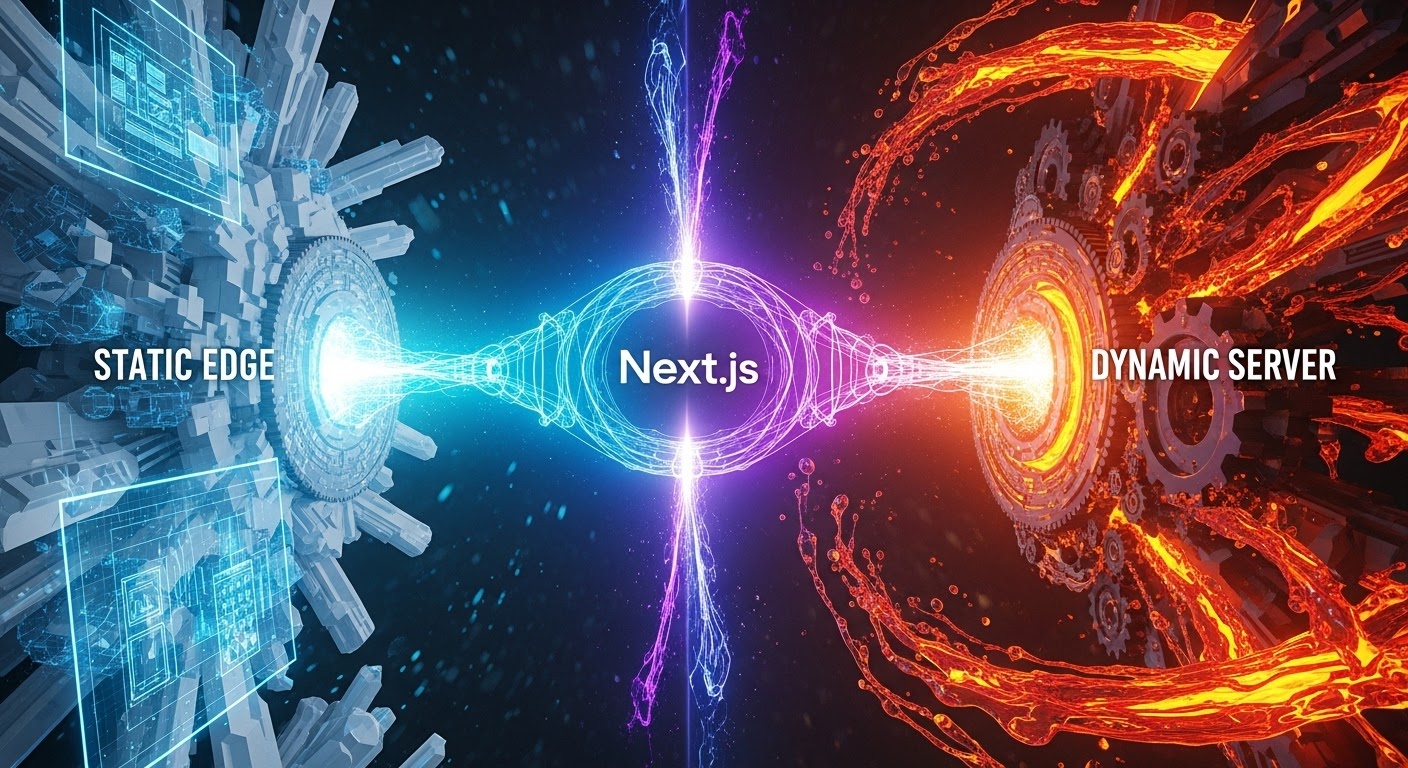Search This Blog
Welcome to Financially Free, your guide to taking control of your money. Learn to budget, pay off debt, and invest wisely. We provide practical advice and simple strategies to help you build wealth and achieve true financial independence. It's time to live life on your terms.
Axos ONE
Featured
- Get link
- X
- Other Apps
Cyberattacks
Cyberattacks
A
cyberattack refers to all the steps, resources, and actions used by an attacker
to achieve their goal. In order to carry out their attack, an attacker takes
advantage of vectors attack to exploit vulnerabilities.
1 1- Attack
vectors
Three vectors (paths, entry points) can be used or even combined to
conduct an attack.
Human
People are the first vectors of attack. By having use of so-called
"social engineering" techniques, Attackers can, for example, use
phishing to trick their target (see "Major types of attacks" below).
Another way to do this is to leave USB sticks infected with malicious code
lying around, betting on negligent employees picking them up and connecting
them to the organization's network.
Computer science
There are other attack vectors such as computer techniques and malicious
code that can harm a computer system.
Physics
Breaking into a room (e.g. a server room or office), cutting cables,
stealing a server (etc.) are other physical means of accessing or damaging an
information system.
2 2- Vulnerabilities
Cyberattacks exploit vulnerabilities, i.e. one or more flaws
identified in a system.
In terms of cybersecurity, the challenge is to identify and correct them.
These vulnerabilities can be of different natures:
-
A vulnerability in equipment or software code, present
through negligence or introduced by design unintentionally. These
vulnerabilities can be corrected by implementing a security patch.
-
Vulnerabilities related to the lack of awareness among
users, the lack of consideration of cyber risk.
3 3- Three
examples of cyberattacks
Ransomware
Cyberattacks based on the use of malware that bundles all malicious
computer codes and programs, which can be dangerous for information systems.
The most common is ransomware, a contraction of the words "ransom"
and "software". It is a cyberattack consisting of installing a
malicious program, if possible on as much as possible of the victim's
information system, in the purpose of obtaining a ransom payment from the
latter. To Ransomware will prevent users from accessing their data (photos,
customer file, etc.)
DDOS
Distributed denial of service attacks aim to make one or more services
unavailable. To do this, too many queries can be referred to the said service
(website, names, etc.), making it inaccessible to other users.
This is called a distributed denial of service (destributed denial of service
or DDoS) when the attack is based on a network of "zombie" machines
previously manipulated without the knowledge of their owner. These networks can
be made up of servers, computers or objects connected to the internet such as
video surveillance cameras. When they are composed of compromised machines,
they are called "botnets".
APT
Advance Persistent Threat (Advance Persistent Threat, or APT) are more sophisticated
attacks that are within the reach of malicious actors with the skills and/or
resources to penetrate deep into the a network. These attacks are mainly
carried out for economic, industrial or scientific espionage purposes.
- Get link
- X
- Other Apps
Popular Posts
Next.js Partial Prerendering: The End of the Static vs. Dynamic Trade-off
- Get link
- X
- Other Apps
Gemini 3 is Here: The AI That Finally "Reads the Room"
- Get link
- X
- Other Apps








Comments
Post a Comment